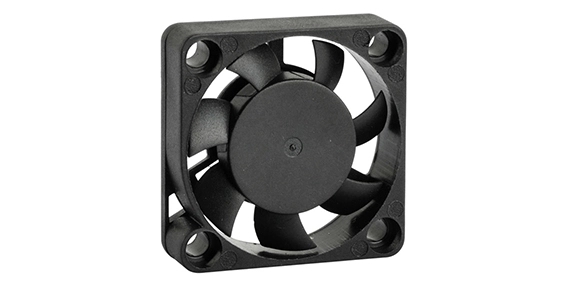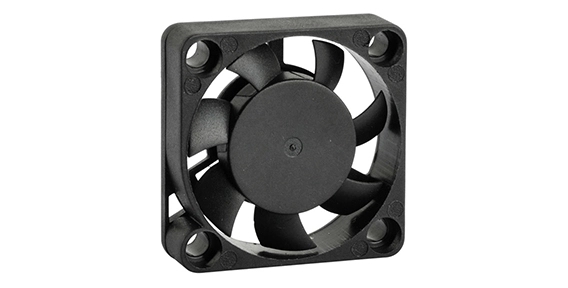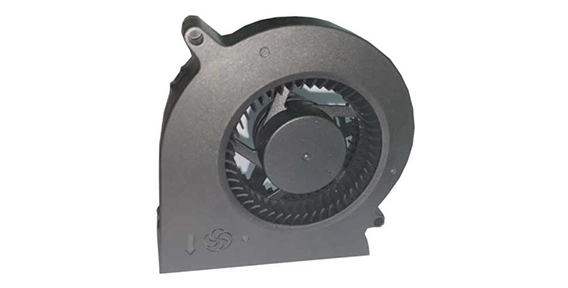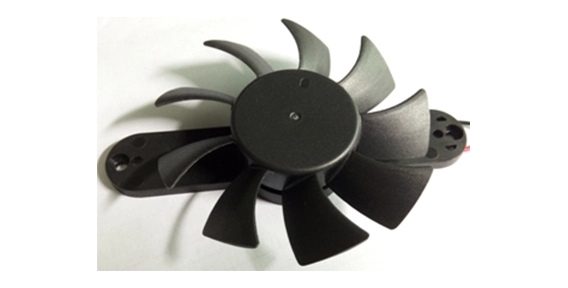Introduction to 3007 Fan Technology
In the realm of electronic devices, efficient cooling is a crucial aspect to ensure optimal performance and prevent overheating. This is where 30mm 5V fans, also known as 3007 fans, play a significant role. These small yet powerful fans are widely used to dissipate heat and enhance airflow in compact electronic devices. In this article, we will explore the types and features of 3007 fans, as well as compare them with other fan sizes.
Types and Features of 3007 Fans
3007 fans come in various designs to cater to different cooling requirements. Here are some common types and their key features:
Axial Flow Fans
Axial flow fans are one of the most popular types of 3007 fans. They feature a blade design that moves the air parallel to the fan's axis. These fans provide a consistent airflow and are often used in devices where space is limited, such as laptops, and small servers. With their compact size and efficient cooling capabilities, axial flow 3007 fans are ideal for small electronic devices.

Blower Fans
Blower fans, also known as centrifugal fans, provide a higher static pressure compared to axial flow fans. They are equipped with a curved blade design that directs the airflow in a radial direction. Blower fans are commonly used in applications that require greater air pressure, such as cooling components in gaming consoles, graphics cards, and small form factor PCs. The compact size of 3007 blower fans makes them suitable for confined spaces where larger fans would be impractical.
PWM and Voltage-Regulated Fans
3007 fans are available in both pulse width modulation (PWM) and voltage-regulated variants. PWM fans offer more precise control over fan speed, allowing for quieter operation when full cooling power is not necessary. On the other hand, voltage-regulated fans provide a constant airflow at a fixed speed, making them suitable for situations where a specific cooling capacity is required. The choice between PWM and voltage-regulated 3007 fans in 30mm fans depends on the specific cooling needs of the device.

Comparison between 3007 Fans and Other Fan Sizes
While larger fans are typically associated with higher cooling capacities, 3007 fans offer unique advantages due to their compact size. Let's compare them with other common fan sizes:
3007 vs. 4020 Fans
4020 fans are larger than 30mm 5V fans and offer higher airflow and cooling capabilities. However, their larger size makes them less suitable for compact electronic devices. 3007 fans, with their smaller form factor, can provide adequate cooling in space-constrained applications.
3007 vs. 5015 Fans
5015 fans are wider than 30mm 5V fans, allowing for increased airflow. However, they may not fit in devices with limited space. 3007 fans offer a balance between size and performance, making them suitable for various small electronic devices.
3007 vs. 6010 Fans
6010 fans are taller and wider than 30mm 5V fans, providing greater airflow and cooling efficiency. However, their larger dimensions limit their usage in smaller devices. 3007 fans can fulfill cooling needs in tight spaces without compromising performance.
In the world of electronic devices, efficient cooling is crucial, especially in compact and space-constrained applications. 3007 fans, with their compact size and effective cooling capabilities, have become indispensable components in many devices. Whether it's a laptop, gaming console, or graphics card, the versatility of 3007 fans allows them to provide adequate cooling where larger fans would be impractical. By understanding the types, features, and comparisons with other fan sizes, navigating 30mm 5V fan technology becomes easier, ensuring optimal performance and reliability in electronic devices.

 EN
EN 

 +
+
 +
+
 +
+



